Benefits of Getting Stem Cell Shots in Mexico
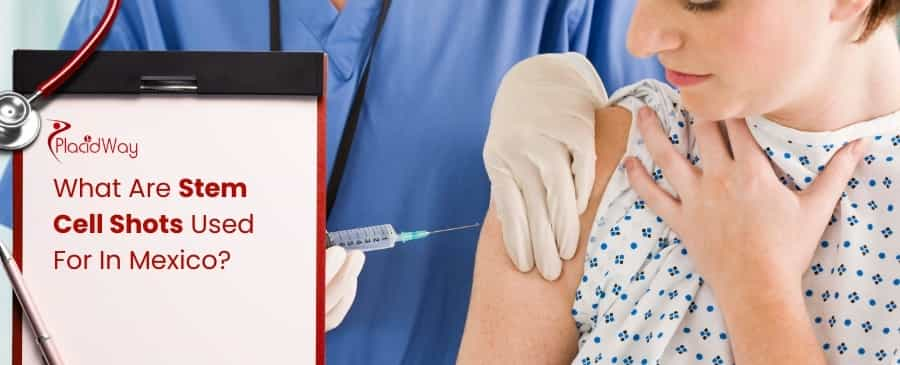
The growing interest in stem cell therapy in Mexico can be attributed to several factors. Primarily, Mexico's regulatory landscape allows for a broader range of applications and more rapid access to certain regenerative treatments compared to countries with stricter guidelines.
What conditions are treated with stem cell shots in Mexico?
Patients frequently seek these treatments for orthopedic issues, aiming to alleviate chronic pain and improve mobility in joints affected by conditions such as osteoarthritis, tendinitis, and ligament damage. The regenerative potential of these cells can help repair damaged cartilage and soft tissues, offering a less invasive alternative to surgery in some cases.
Beyond orthopedics, stem cell therapy in Mexico is increasingly utilized for autoimmune diseases, where the immunomodulatory properties of stem cells can help regulate an overactive immune system.
What types of stem cells are used in Mexico?
The choice of stem cell source for stem cell shots in Mexico depends on the specific condition being treated, the patient's health, and the clinic's expertise. Umbilical cord-derived MSCs are often favored for their potency and ease of use (no harvesting procedure needed from the patient), while autologous sources like adipose and bone marrow are chosen when a patient prefers using their own cells.
Is it safe to get stem cell treatment in Mexico?
The question of safety is paramount for anyone considering stem cell shots in Mexico. While many clinics operate with high standards and deliver excellent care, the regulatory environment in Mexico, though robust in some aspects, can allow for a wider range of experimental therapies compared to some other countries.
This means that patients bear a greater responsibility to perform thorough due diligence. Reputable clinics prioritize patient safety by adhering to strict protocols for cell sourcing, processing, and administration.
What is the cost of stem cell therapy in Mexico?
The cost can vary substantially due to several factors, making it challenging to provide an exact figure without a personalized consultation. However, it's generally understood that treatments in Mexico are often more affordable than comparable procedures in the United States or Canada, primarily due to lower operating costs and different regulatory frameworks.
How long do the effects of stem cell shots last?
It's important to set realistic expectations, as the results are not always permanent, and the duration can differ significantly among individuals and conditions. The therapeutic benefits typically manifest over weeks to months as the cells begin their work of regeneration, anti-inflammation, and immunomodulation.
What is the procedure like for receiving stem cell shots in Mexico?
Understanding the procedure for stem cell shots in Mexico can help alleviate any concerns and prepare you for your treatment journey. While exact steps may vary slightly between clinics and based on the condition being treated, there's a general process most patients can expect.
What kind of results can one realistically expect from stem cell shots in Mexico?
When considering stem cell shots in Mexico, managing expectations is key. While many patients experience positive outcomes, it's vital to approach these treatments with a realistic understanding of what they can and cannot achieve. Stem cell therapy is a regenerative approach, aiming to support the body's natural healing processes rather than offering an instant "cure-all."
It's important to understand that the full benefits of stem cell shots typically do not manifest immediately. Regenerative processes take time, and patients often begin to notice improvements weeks or even months after the treatment.
If you're exploring advanced medical treatments like stem cell therapy and considering options abroad, PlacidWay offers comprehensive resources and connects you with reputable clinics worldwide. Visit PlacidWay to learn more about medical tourism solutions and find the right healthcare services for your needs.


.png)





.jpg)
.png)
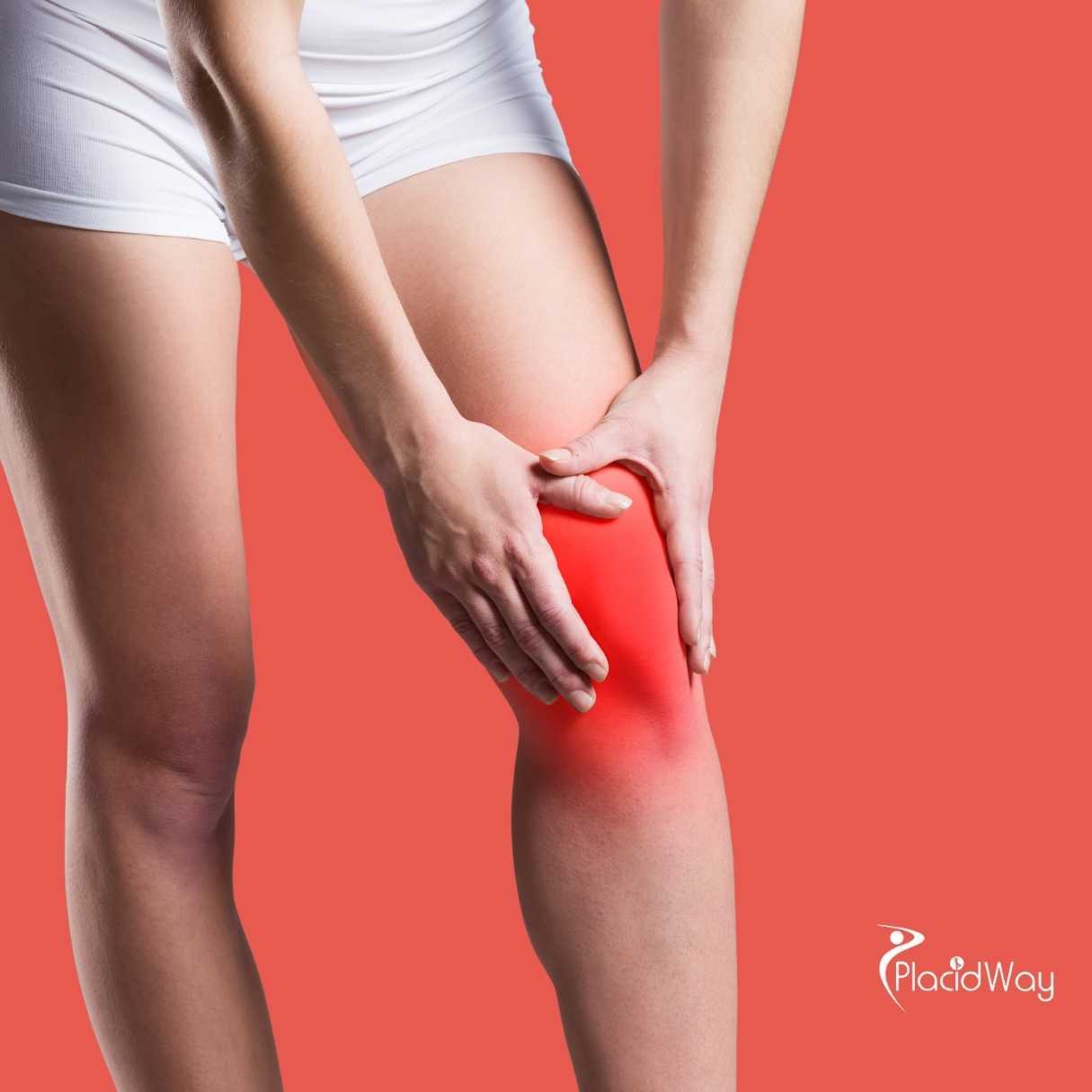
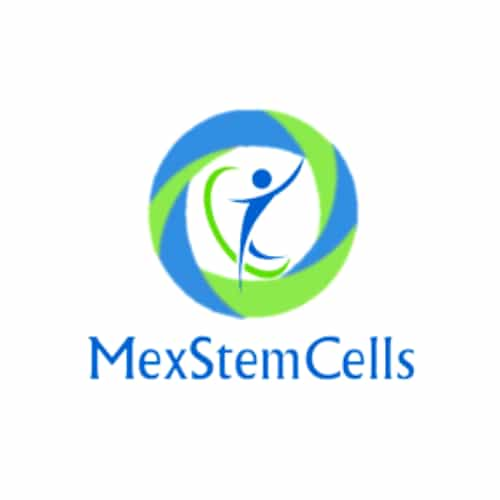
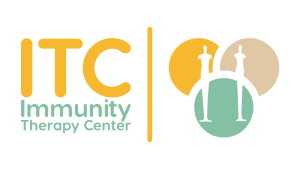
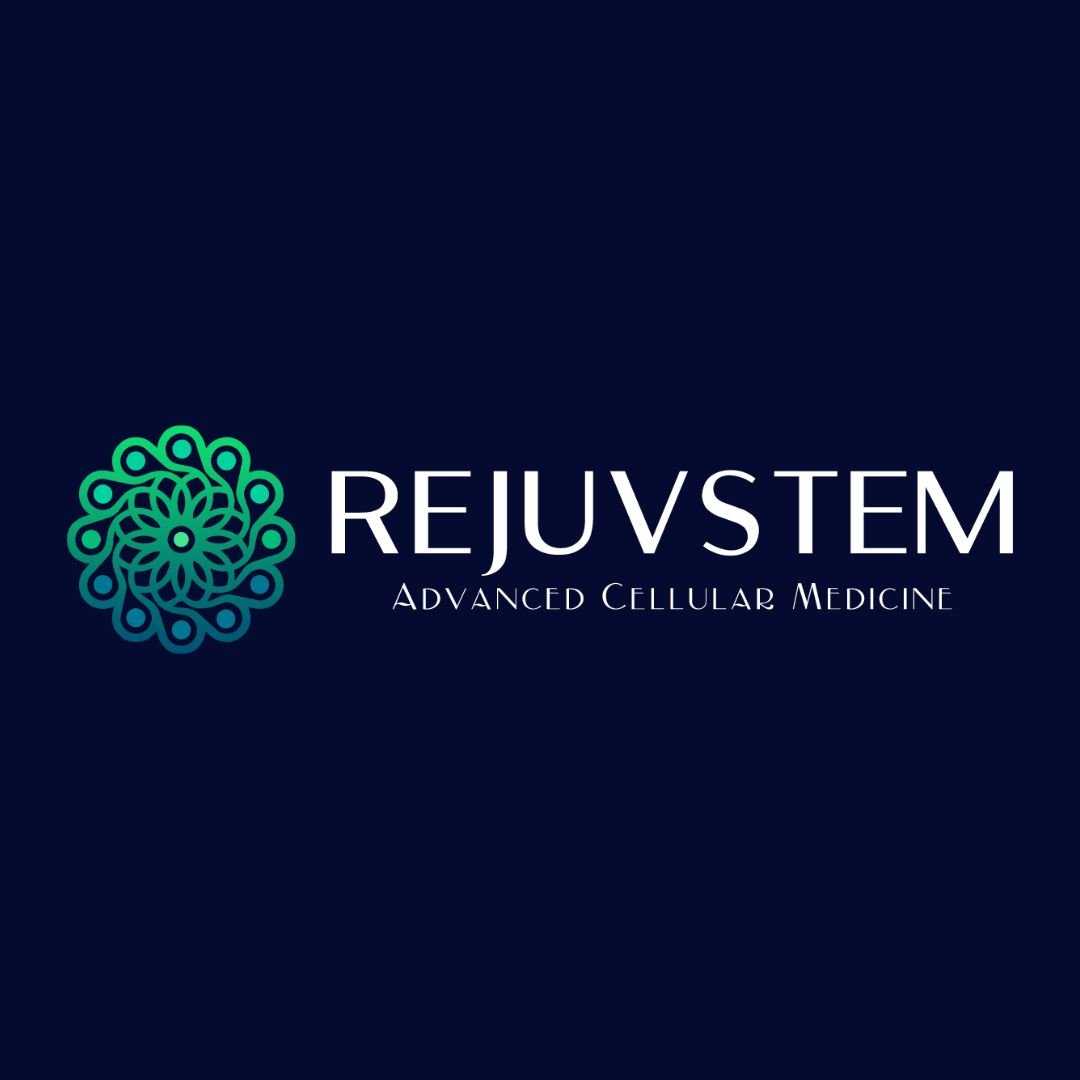
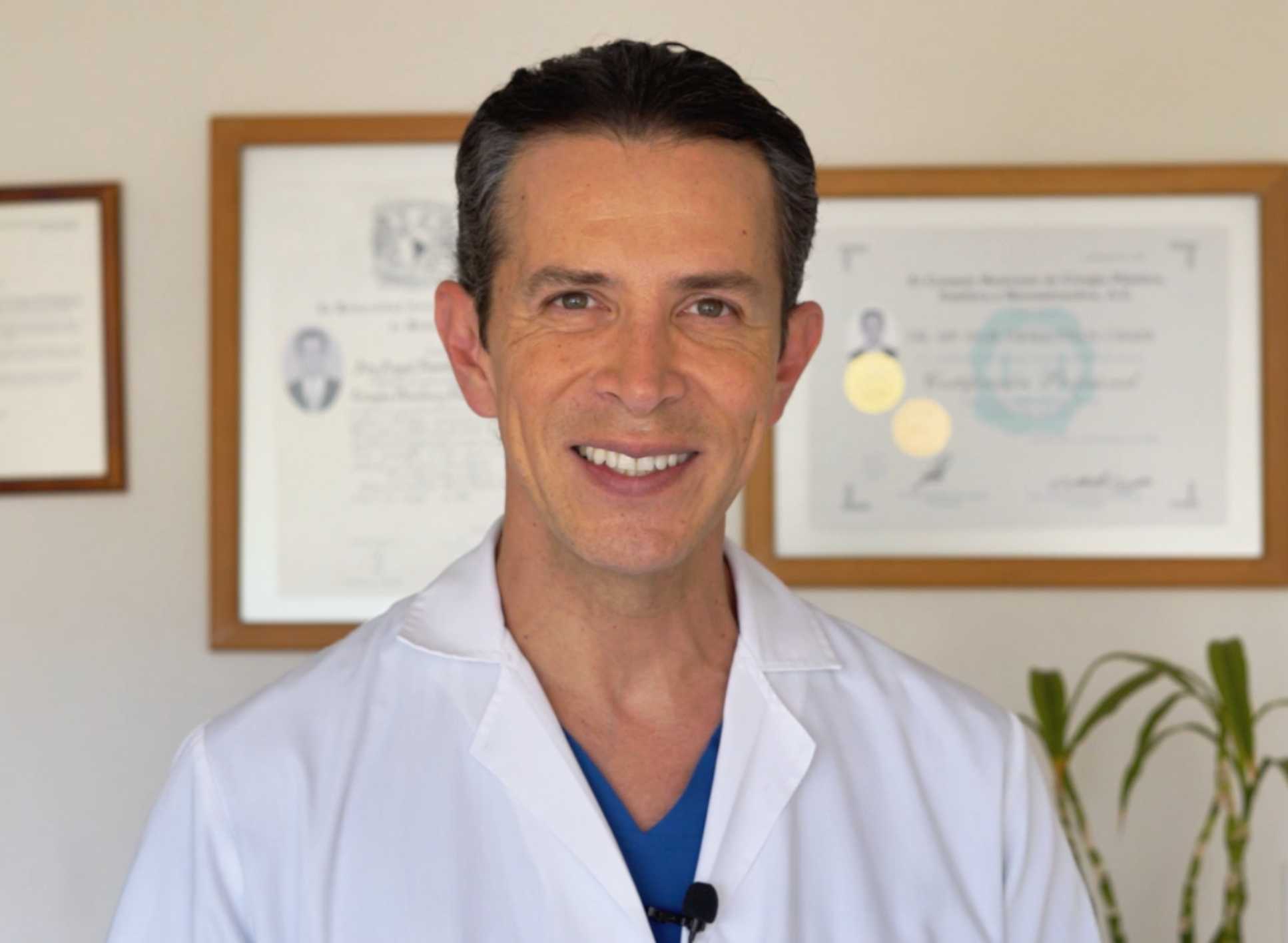
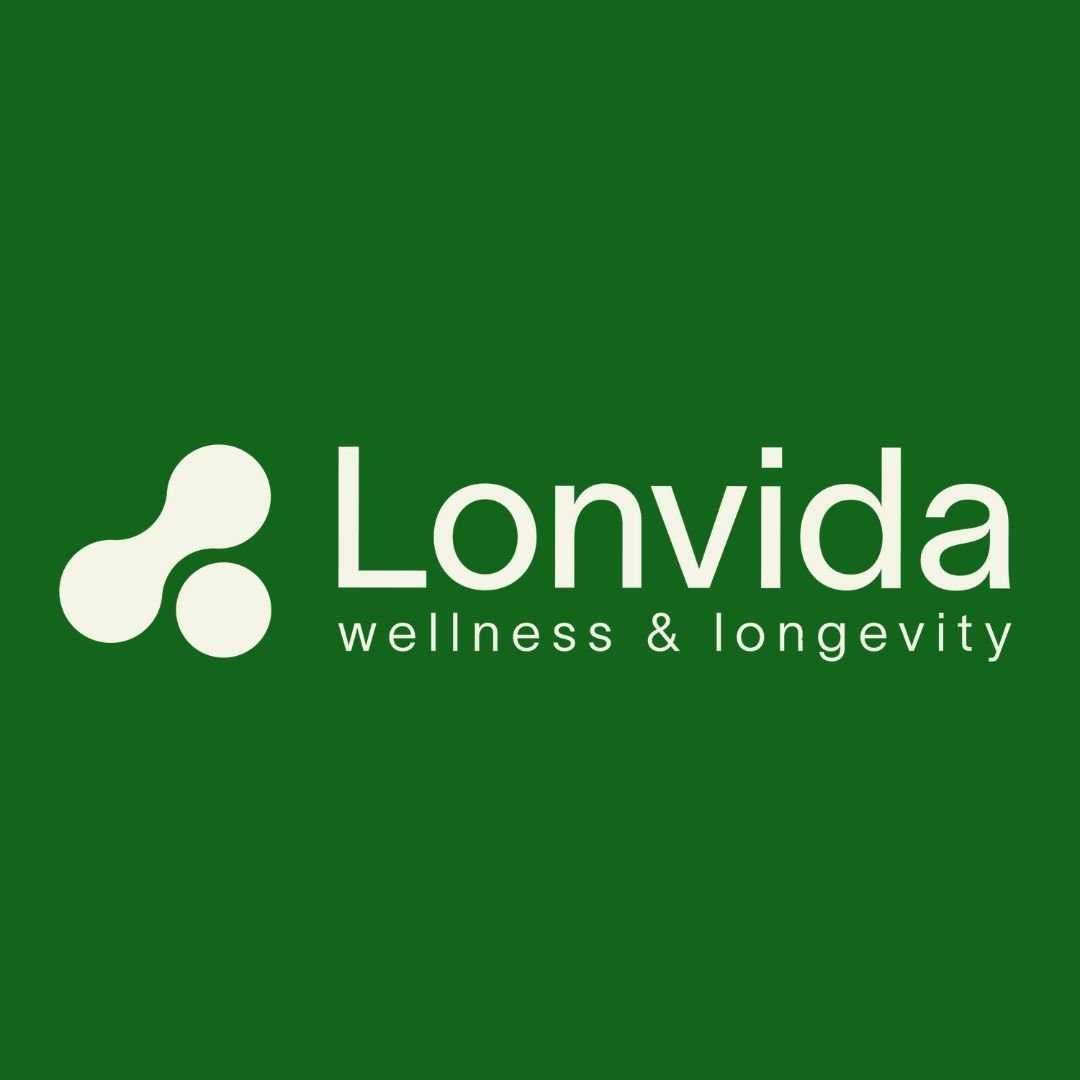

Share this listing